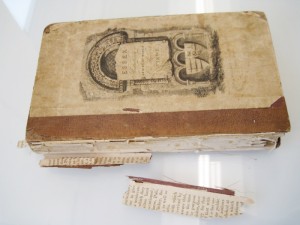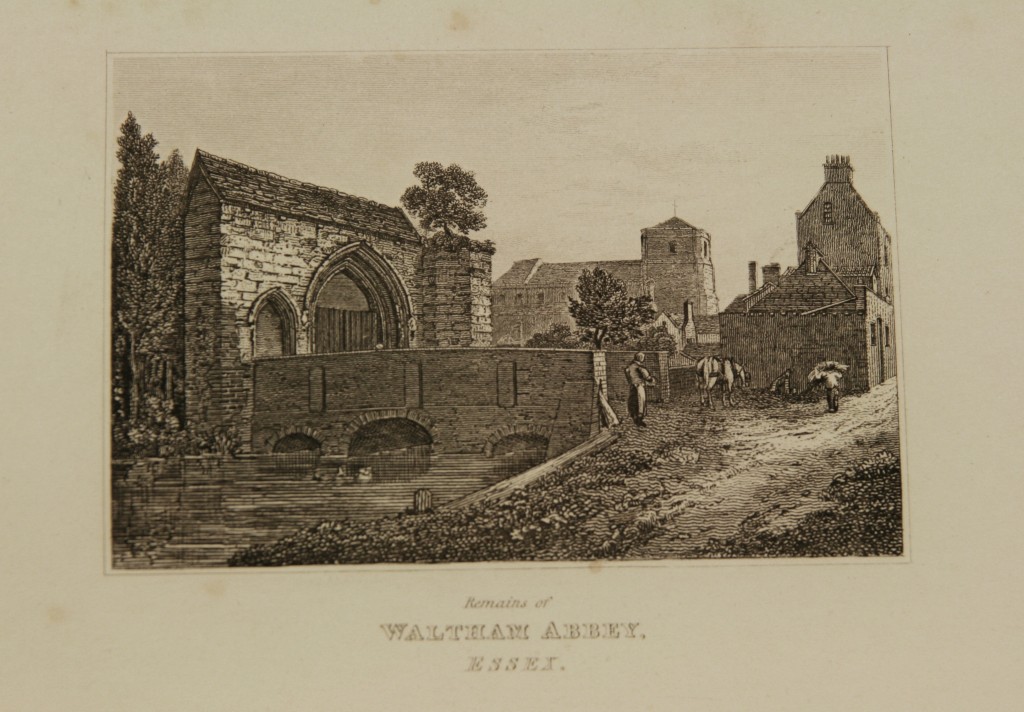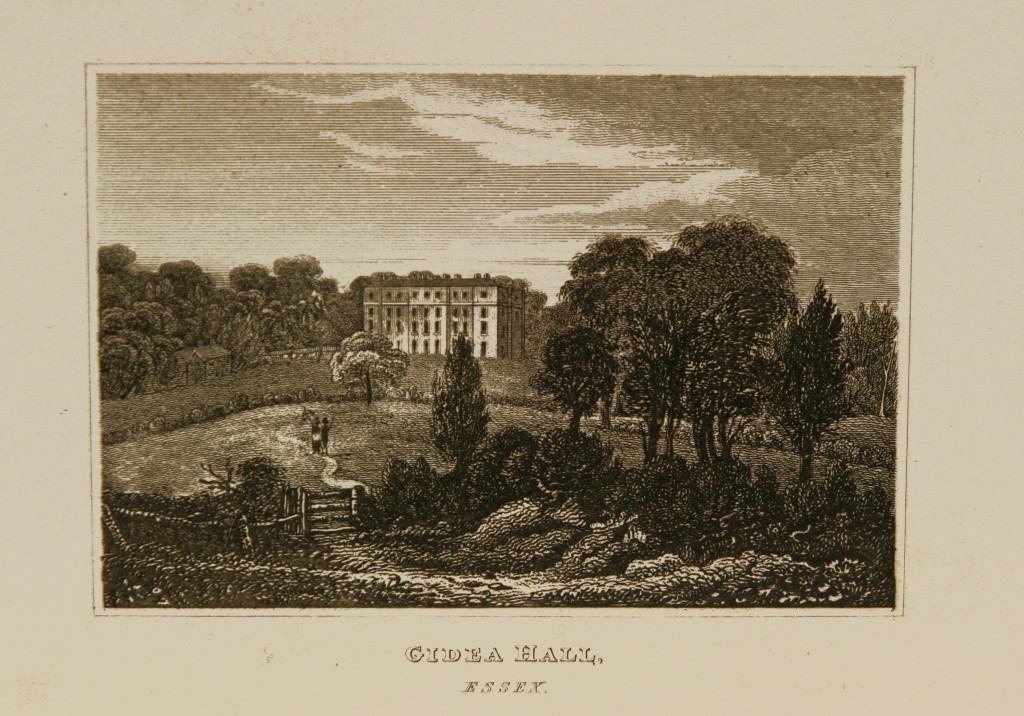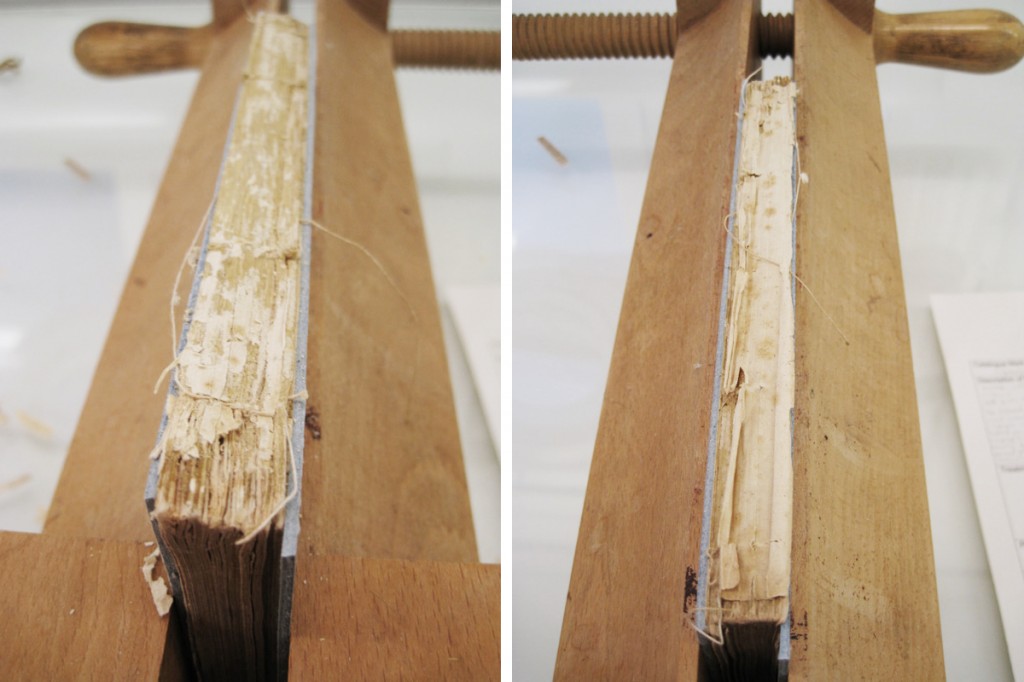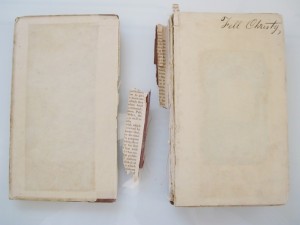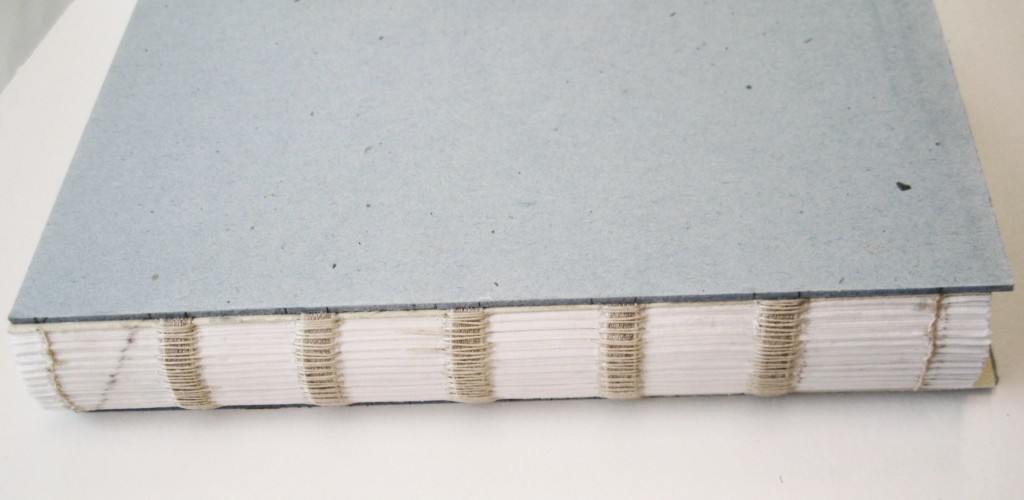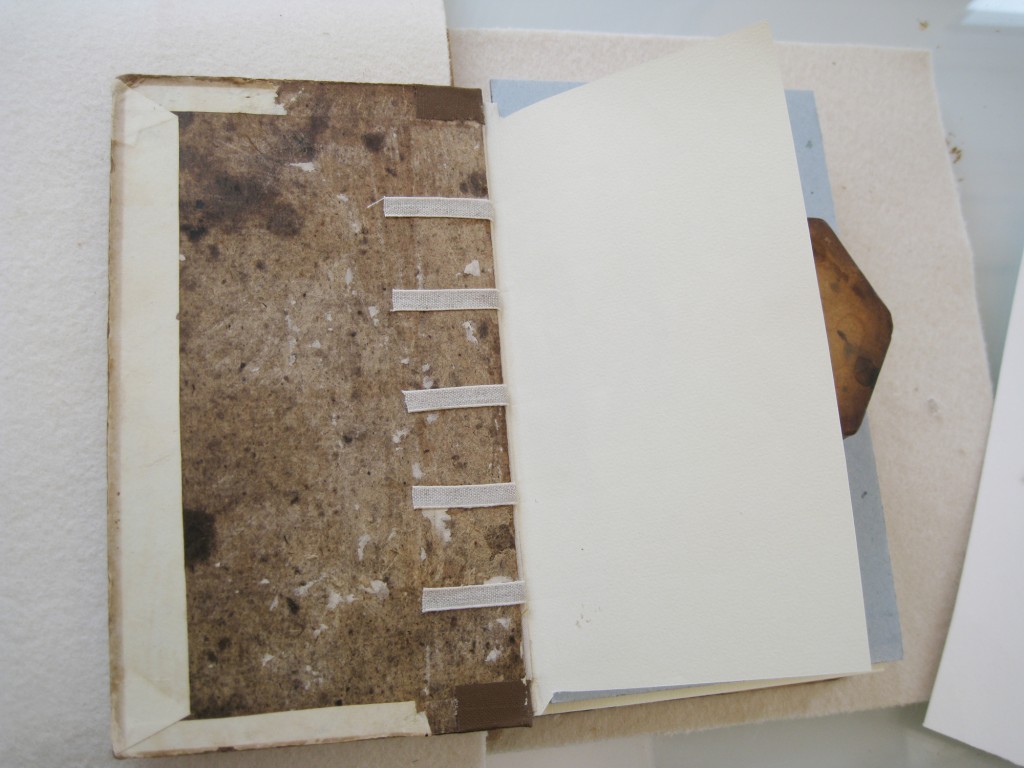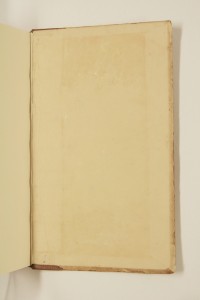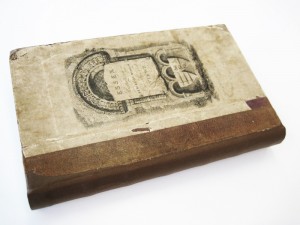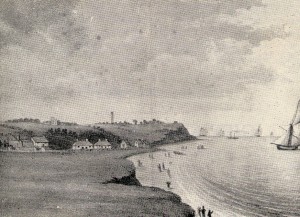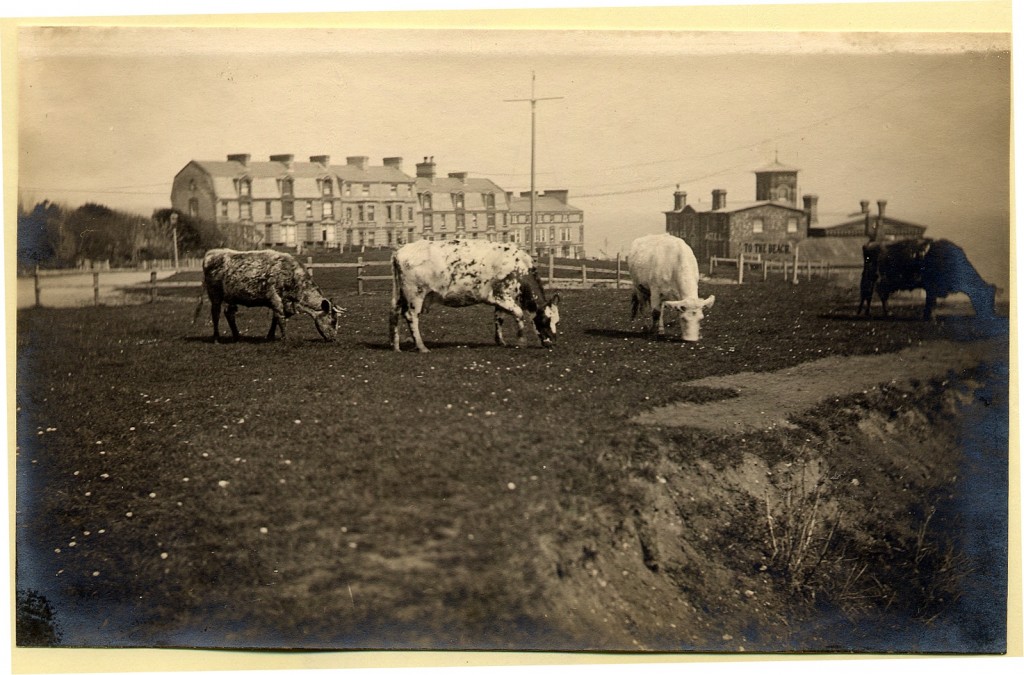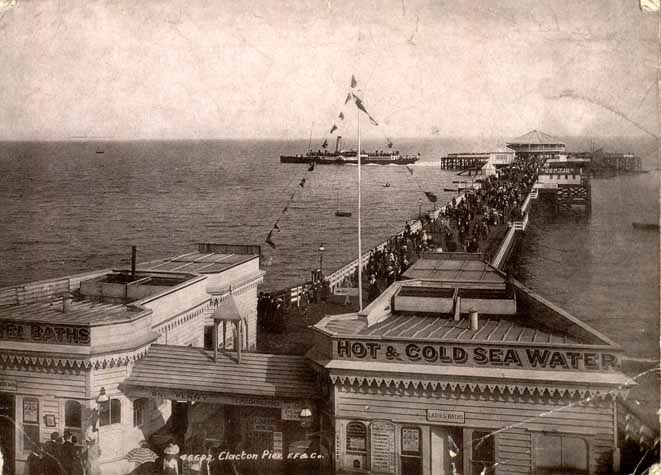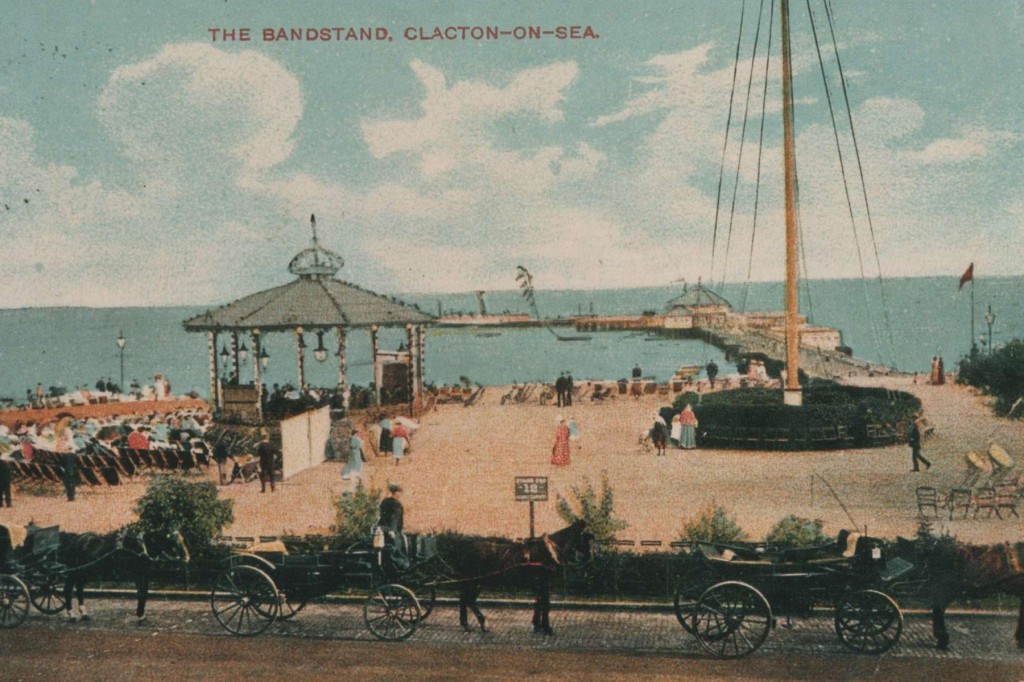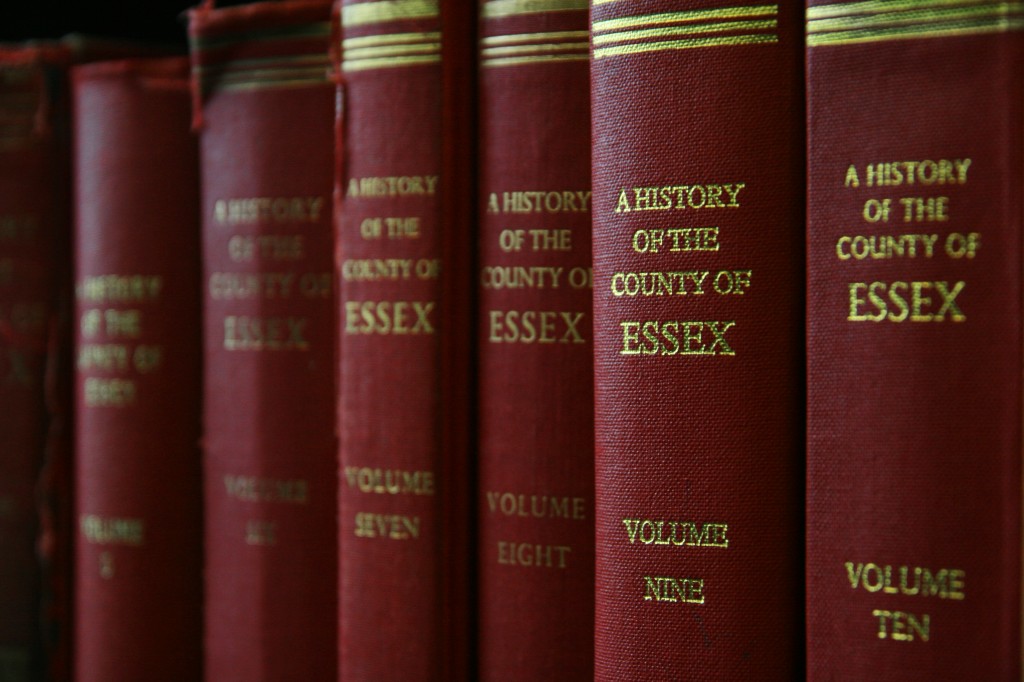What does an archive do when faced with a book being torn apart by its own binding? Our Senior Conservator Tony King blogs for us about conserving Essex Illustrated.
In February-March 2012 the Conservation Section at the ERO worked to conserve Essex Illustrated in a Series of Nearly 100 Views, a book of 94 prints dating from 1834. It was in a very poor condition due to the original style of binding and the quality of the materials used during the binding process.
The book contains nearly 100 prints, such as these ones of the ruins of Waltham Abbey and the now demolished Gidea Hall:
This book presented a real challenge; conservation practice is to preserve as much of the original binding as possible and only to rebind a book as a last resort. This is because it is not just the content of a book which can tell us about the past, but the physical object of the book as well.
This book was bound quickly and cheaply, which tells us something about the intended audience and use of the book. Perhaps it was given a cheap binding as the buyer was expected to remove the prints and frame them or put them in a scrap book, and to put what would have been considered an expensive binding on it would alter the nature of the book and the information that can be inferred from its presentation.
Yet to reconstruct the style of binding originally used would seem foolish as it had completely failed; however, to alter the style to a more robust one would not be in-keeping with the historical integrity of the item.
We needed, therefore, to devise a method which would reuse every part of the original binding and preserve the appearance of the book as much as possible whilst creating a strong volume so it could be used by researchers.
Investigation
The first step was to find out how the book had been bound originally. In order to do this, the pages were clamped into a finishing press with the binding removed.
This revealed that the book was made from single sheets of paper that had been oversewn, a sewing style where the stitches are passed through the sheet of paper near the spine edge rather than through the centre of a fold as is more common. Oversewing had been used as there were no folds to sew through as each page was a separate sheet of paper rather than a folded section and it offered the fastest method for sewing the book.
This choice of sewing style made by the original binder was the cause of many of the problems the book now presented. The thick paper used for the prints was restrained by the sewing going through the page and the pages were too stiff to lay flat and articulate properly when the book was opened. This resulted in stress being placed on the pages, causing the paper to tear around the sewing holes and pages to become damaged and loose.
Furthermore, the style of binding (case bound) combined with the poor quality materials had resulted in a very weak binding with little strength at the point where the boards attached to the book and both boards had torn away and were completely detached.
Treatment
After washing and deacidifying (treatment of acid present in the paper with an alkaline chemical) each print was adhered at the spine edge to a sheet of thin acid free paper which was then folded around the face of the print to form a folded sheet with a central crease which could be sewn through. These thin sections were sewn together using 5 linen tapes as support which would then be attached to the boards and act as a hinge.
Once sewn, the original boards were reattached by pasting the ends of the linen tapes down underneath the original pastedown, thereby obscuring the new additions to the binding structure. New book cloth was required to replace the partial loss of the original and the bridge the gap created by the increased thickness of the volume.
The conservation work has been carried out without replacing any of the original material or drastically altering the appearance or mechanics of the structure, and following treatment the book is now strong enough to be handled by researchers, without the risk of damage to the binding or the prints inside.
You can see Essex Illustrated for yourself by ordering it in the Searchroom, using the reference LIB/REF 2.

